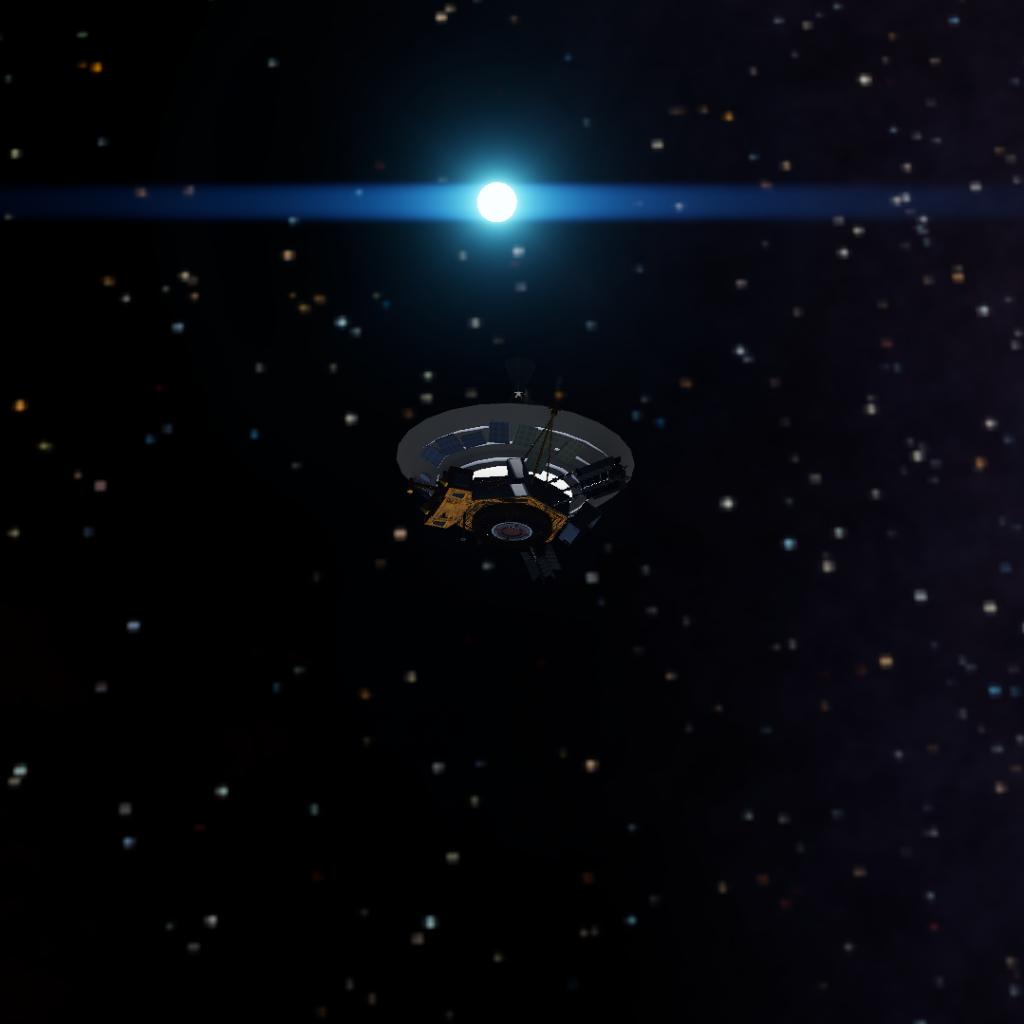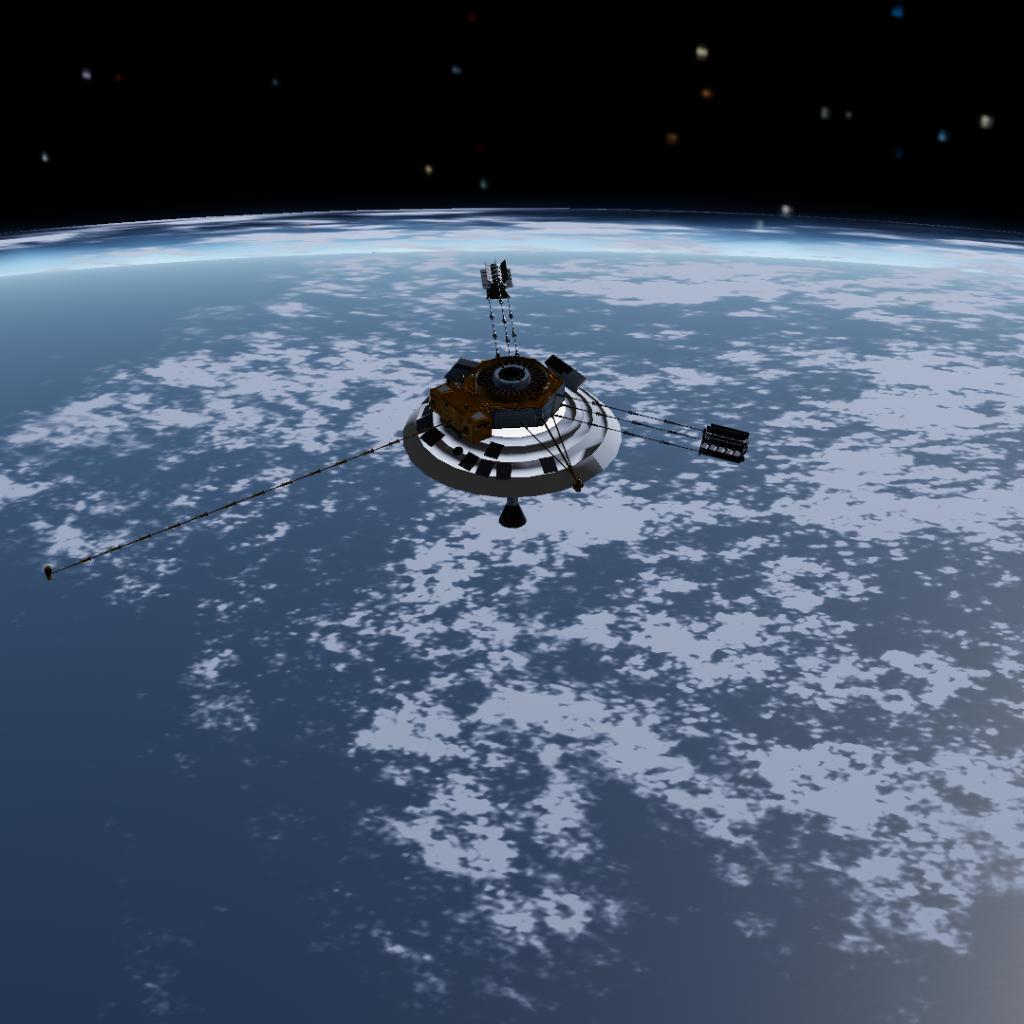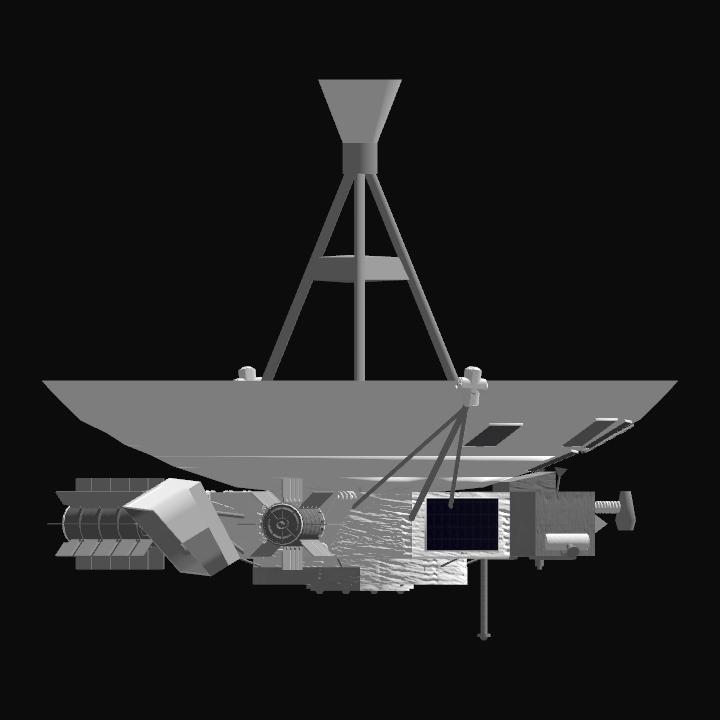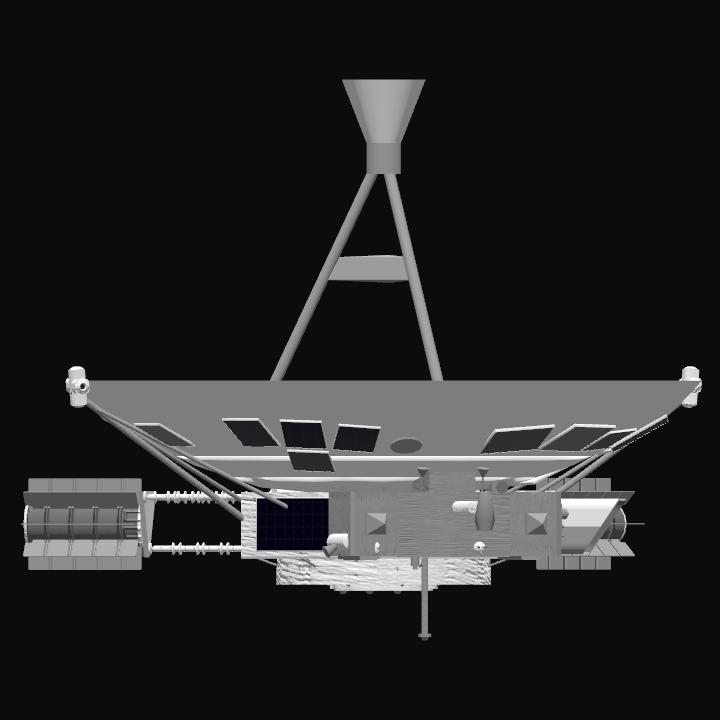OrionWave-1 is a next-generation telecommunications satellite tailored for Low Droo Orbit (LDO) operations, designed to meet growing demands in high-bandwidth broadcasting, emergency communication redundancy, and secure global networking. Featuring a hybrid payload architecture, adaptive beamforming capabilities, and a robust autonomous control system, OrionWave-1 serves as a high-performance platform for real-time data-intensive missions.
Satellite Dissection
The primary bus of OrionWave-1 is built on a hexagonal aluminum-lithium alloy truss structure, selected for its high strength-to-weight ratio. Carbon-fiber reinforced polymer (CFRP) panels provide enhanced rigidity and dampen vibrational loads during launch and deployment. The structural shell is layered with vacuum-deposited multi-layer insulation (MLI) comprising alternating Kapton and Mylar sheets with Dacron netting to mitigate radiation and thermal extremes.
Thermal management is supported by embedded heat pipes and surface-mounted radiators, ensuring that electronic components operate within safe thermal margins. The satellite has been designed to endure over 15 years of operational cycles, with radiation-hardened zones for critical subsystems.
TT&C (Telemetry, Tracking, and Command)
OrionWave-1 employs a dual-redundant TT&C subsystem operating in both S-band and X-band for compatibility with a wide range of ground station networks. The system utilizes frequency-hopping spread spectrum (FHSS) for enhanced security and resistance to signal jamming.
Power System
Solar Arrays: Dual deployable solar panels with triple-junction Gallium Arsenide (GaAs) cells, offering ~29.5% efficiency. The arrays generate up to 3.8 kW at peak solar exposure.
Energy Storage: Equipped with a 160 Ah lithium-ion battery bank, integrated with a power conditioning and distribution unit (PCDU) that balances voltage regulation and autonomous fault detection during eclipse phases.
Antenna Suite
Low-Gain Antennas (LGA) for omnidirectional, low-data-rate telemetry.
Medium-Gain Antennas (MGA) with phased array capabilities for directional regional uplink/downlink coverage.
High-Gain Antenna (HGA) includes a 0.7m deployable parabolic reflector, providing narrow-beam, high-throughput data channels, steerable via gimbal actuators and software-defined targeting.
Transponders and Signal Processing
Operates on Ku, Ka, and X-band payloads with bandwidths of up to 500 MHz per channel.
Digital channelizer with onboard Digital Signal Processing (DSP) dynamically allocates frequencies and power to user terminals based on demand and ground location.
Redundant solid-state power amplifiers (SSPAs) ensure signal reliability and are backed by low-noise amplifiers (LNAs) for uplink clarity.
Onboard Computer (OBC) & Data Handling
The OBC system features a fault-tolerant RAD750-based processor with real-time Linux RTOS, supporting autonomous orbit correction, failure detection, and mission planning. Data handling is managed via a 256 GB solid-state recorder with ECC (Error-Correcting Code), supporting burst data storage and prioritized downlink scheduling.
Attitude Determination and Control System (ADCS)
Sensors: Star trackers, sun sensors, magnetometers, and inertial measurement units (IMUs) provide fine attitude accuracy up to 0.01°.
Actuators: Includes four reaction wheels, three magnetic torquers, and monopropellant cold-gas thrusters for rapid slewing and stationkeeping.
Software: Autonomous attitude management with Earth-pointing, inertial, and sun-tracking modes, integrated with orbital debris avoidance protocols.
No Comments
No Upvotes
Log in in to upvote this post.






